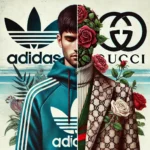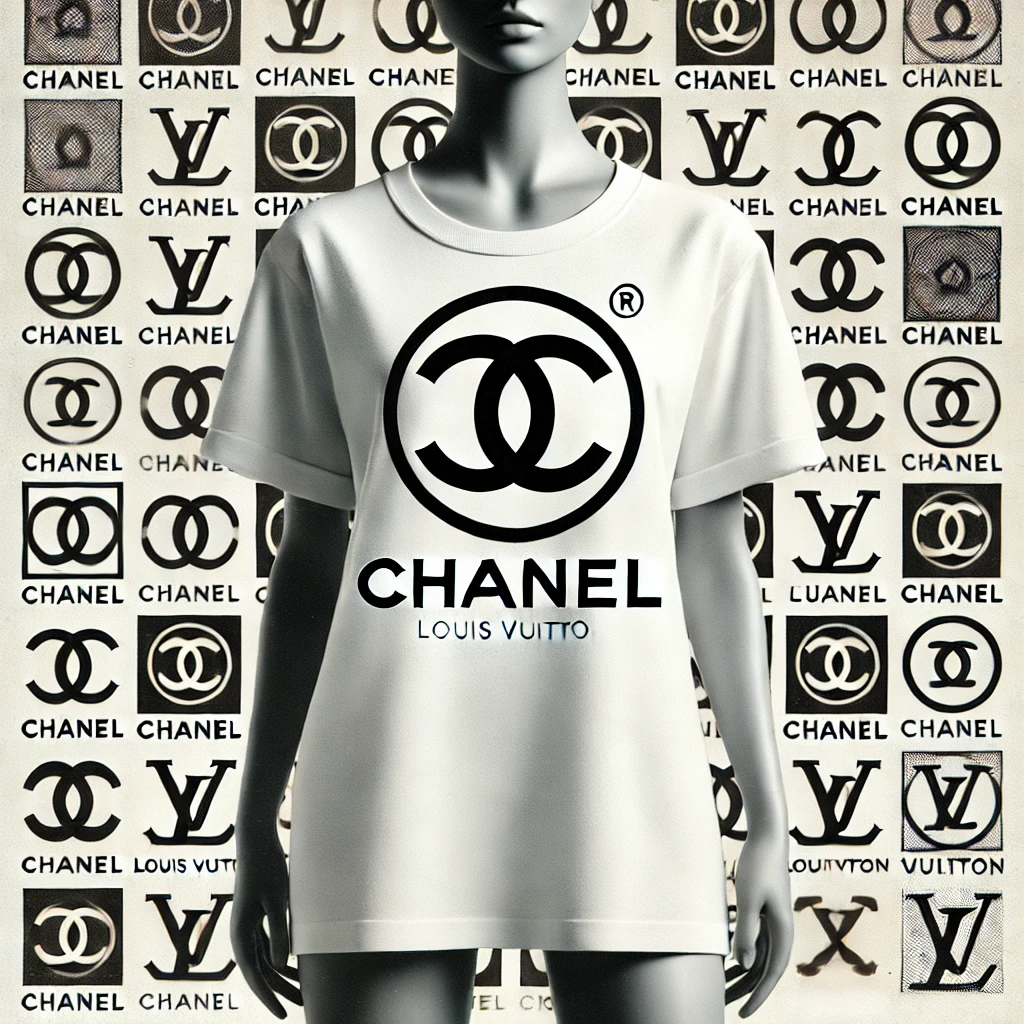In the world of fashion, a logo is more than just a symbol — it’s a statement. Whether stitched, embossed, or printed across a T-shirt, logos carry immense power in defining a brand’s identity. But how did this happen, and why do we care so much?
Fashion logos first gained cultural prominence in the 1980s and ’90s, when houses like Louis Vuitton, Gucci, and Versace embraced bold branding. The logo became a way to signal luxury — a visible marker of wealth and taste. Wearing a brand became as much about the name as the design itself.
Fast forward to today, and logos are everywhere — from minimalist monograms to loud, graphic emblems. They’ve become a core part of modern design language. For many brands, especially in streetwear and high fashion crossover (think Balenciaga or Off-White), logo placement is the design.
Logos also drive emotional connection. They represent heritage, quality, or exclusivity. When someone wears a Prada triangle or a Burberry check, they’re aligning themselves with what the brand stands for, not just how it looks.
Interestingly, logo culture evolves. In recent years, there’s been a subtle pushback — the rise of “quiet luxury” or “stealth wealth” favors minimal branding. Think The Row or Loro Piana: high-end fashion with little to no visible logo. This shift shows that how branding is used is just as important as whether it’s used.
In any case, logos will always play a central role in fashion. They’re not just graphics — they’re cultural code, consumer language, and brand DNA.






Leave a Reply